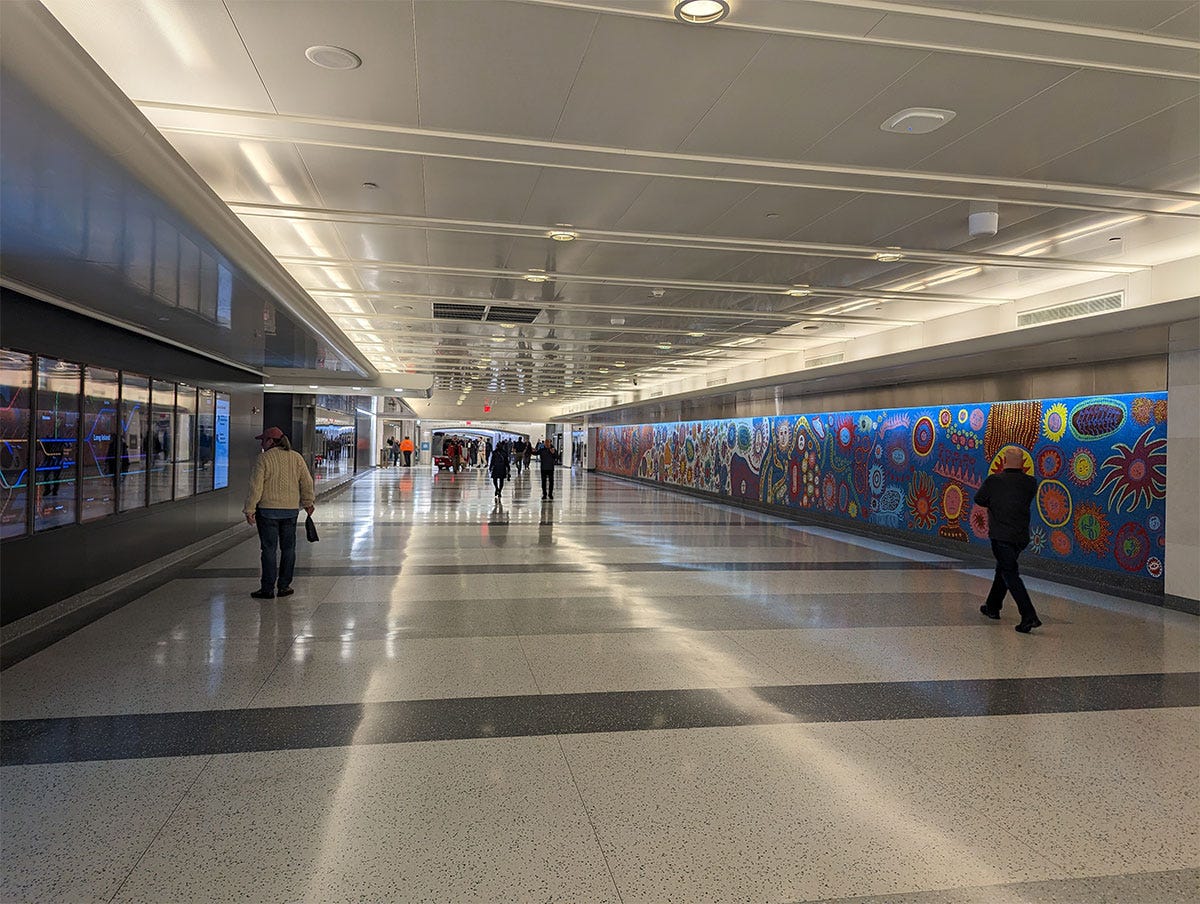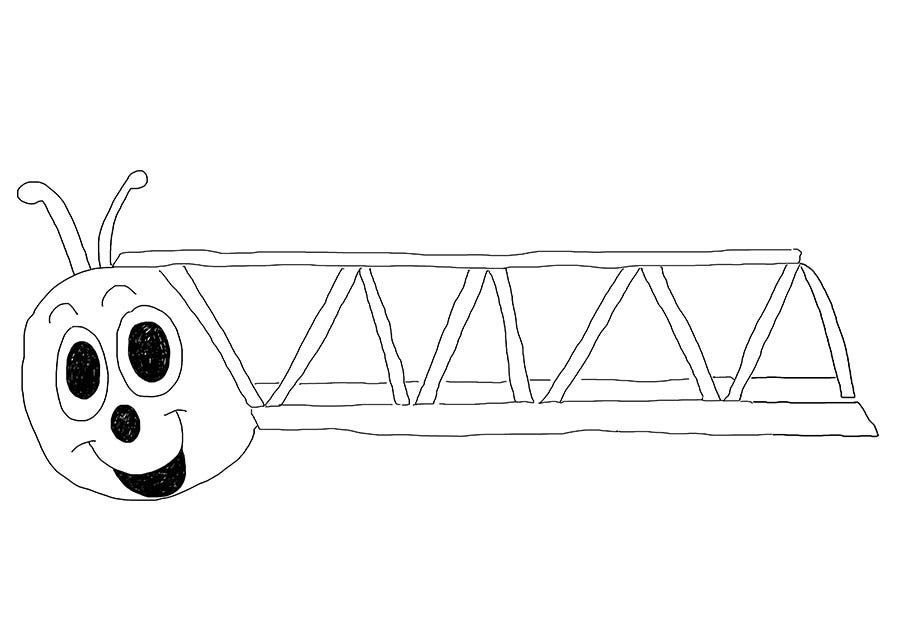The New Replacing the Old Replacing the New
On Berenice Abbott’s New York. Plus, the Highline Connector and more bad subway art
Copies of our latest issue, #37, have begun to make their way to subscribers. Subscribe today, and we’ll mail you a copy.
Incidentally Urban
In Berenice Abbott’s New York Album, the city appears to be molting the last of its nineteenth-century skin. Its horizontal skin.
by Pete Segall

Berenice Abbott traveled from Paris to New York in 1929, looking to drum up business in the US for photographs taken by the deceased and still largely unknown Eugène Atget and, while she was at it, maybe sell a few of her own. It was a curious but fitting start for the project—that’s a really iffy word in this context—that became Berenice Abbott’s New York Album, 1929.
Like Atget, whose photographs of nondescript Paris seem almost ethnographic in their disinterested orderliness, Abbott was very comfortable with, or at least deeply captivated by, progress. Progress in the sense of the complete and continual reconstruction of the urban landscape, with special attention given to what’s about to be razed. (Though, really, everything is razed eventually. Abbott knew. You can’t document so much construction without evoking pretty strong feelings of destruction.) Her career and legacy have a kind of laboring quality about them. She was Man Ray’s darkroom assistant in Paris. Her first major works were portraits of Major Artists: Djuna Barnes, James Joyce, Jean Cocteau. (She convinced Joyce to pose without his eyepatch. He appears positively woeful.) She pops up briefly in On Photography, so that Sontag can quote her on the photograph’s power to document “the ceaseless replacement of the new.” She’s mentioned twice in Geoff Dyer’s The Ongoing Moment: first as a point of comparison with an anonymous British photographer named William Ormerod and then to note that she was the one who introduced Walker Evans to the world of Atget. A true servant of the world, Berenice.
Joint Venture
The Highline Connector—a bridge to somewhere?
by Ian Volner
The one-block-wide, one-block-long, leaf- and CLT-laden appendix to the popular Manhattan skyway park appeared on the West Side practically overnight by local standards—eighteen months from start to finish.
New Art City
People like a Yayoi Kusama because it looks like a Yayoi Kusama, i.e., polka dots.

A phrase like “nickel plating the turd” should be used extremely judiciously, and this writer regrets wasting it—in a gripe about subway art in NYRA #33—prior to the opening of Grand Central Madison. Regret is what New Yorkers may be feeling about GCT Madison, which raises questions like “why?” and “what is $11 billion?”
New York Review of Architecture reviews architecture in New York. Our editor is Samuel Medina, our deputy editor is Marianela D’Aprile, and our publisher is Nicolas Kemper.
To pitch us an article or ask us a question, write to us at: editor@nyra.nyc.
For their support, we would like to thank the Graham Foundation and our issue sponsors, Tod Williams Billie Tsien Architects and Thomas Phifer.
To support our contributors and receive NYRA by post, subscribe here.


